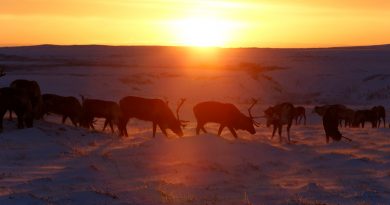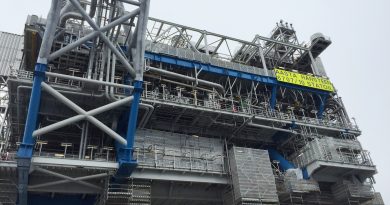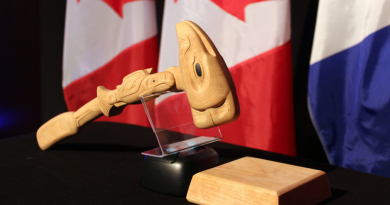Nuclear-powered gold mine coming to Russia’s Arctic Coast

The Kyuchus field will be one of Russia’s biggest gold mining projects. Its development includes the building of a nuclear power station.
The Kyuchus field is located near Tiksi on the Laptev Sea coast and is believed to hold more than 175 tons of gold.
The field license was this week offered to company Beloye Zoloto, the Russian Ministry of Natural Resources informs. The company won a tender in competition with five other bidders.
Beloye Zoloto will pay 7,74 billion rubles (€93 million) for the license, a price more than three times the initial tender price set by state mineral resource agency Rosnedra.
The license winner is a joint venture of state company Rostekhnologiya and holding company Seligdar. The latter holds more than 30 gold mining licenses across the country, and most of them in the north Russian regions of Yakutia and Chukotka, the company informs on its website.
The Kyuchus field is located in an area without existing infrastructure, including electricity grids, and the building of a small-scale nuclear power station was part of the license criteria. The NPP will have a production capacity of at least 35 MW and is to be ready for operations by year 2028.
Likely to be exported by Northern Sea Route
It will not the first small-scale nuclear power station developed by Russia. From before, floating NPP “Akademik Lomonosov” is located in Pevek on the coast of the East Siberian Sea. State nuclear power company Rosatom also intends to build several more floating NPPs in the Chukotka Peninsula in connection with several mining projects in the area. In addition come plans for a number of more nuclear projects, among them seabed- and onshore mini-reactors, as well as nuclear-powered military weapons.
Planned annual production at the Kyuchus is 10 tons of gold. It is likely to be exported via the seaport of Tiksi and the Northern Sea Route.
Gold mining is conducted from open pits and have serious consequences for the surrounding environment.
The major gold field was discovered already in 1963, and project launch has been planned by several developers. In 2009, the license rights were returned to the state after company Polyus Zoloto failed to develop the field in due time, according to Wikipedia.
Gold mining is conducted several places across the Russian Arctic. That includes in the far northern Bolshevik Island, where company Sezar-Arktika has several mining licenses.
Related stories from around the North:
Canada: Potential Canadian Northern Corridor would present unique security challenges and opportunities, say researchers, Eye on the Arctic
Norway: From dirty coal mining to protected land, Norway expands national park on Svalbard, The Independent Barents Observer
Russia: Can the environment withstand Arctic Russia’s coal mining boom?, The Independent Barents Observer
Sweden: Reducing emissions could create up to 3,000 new jobs in Arctic Sweden says mining group, Radio Sweden
United States: Conservation groups sue government over Alaska mining road, The Associated Press



